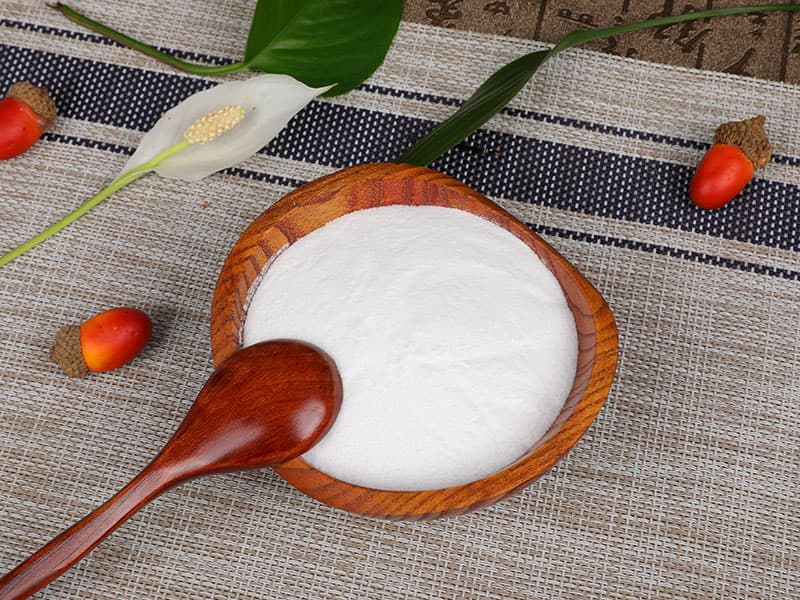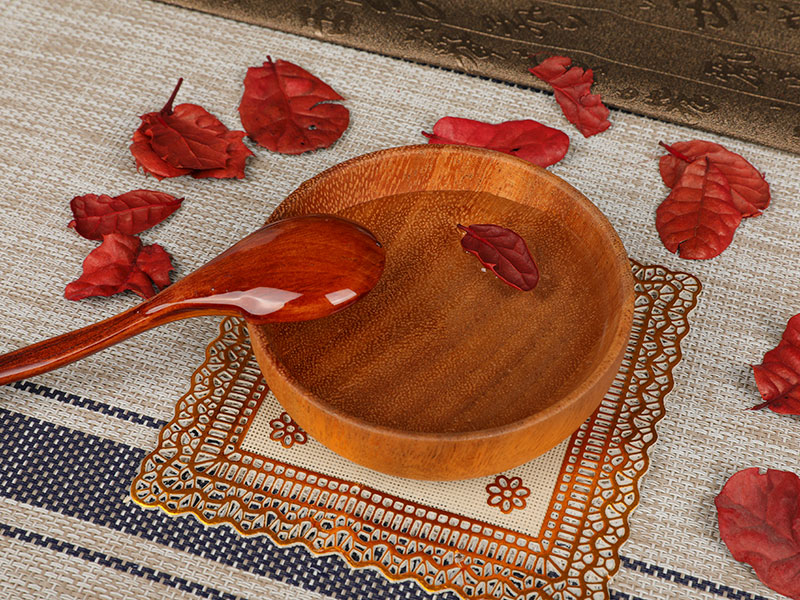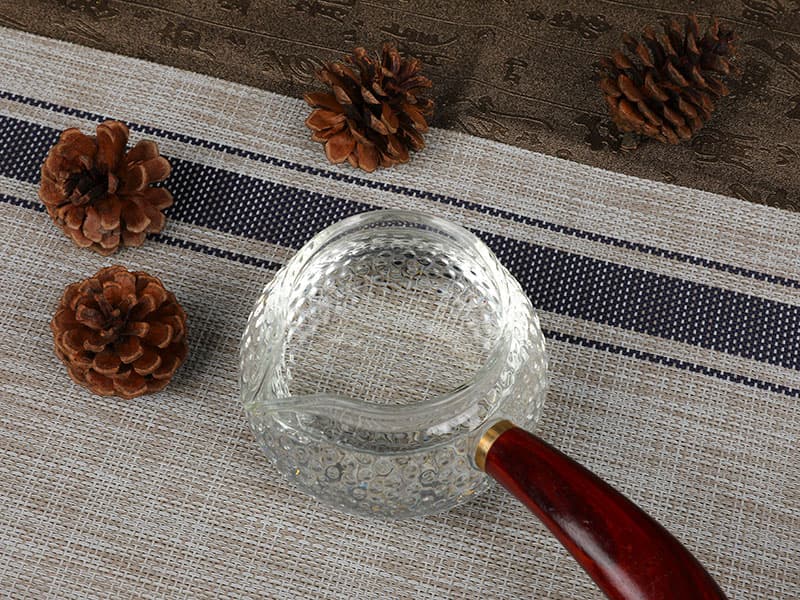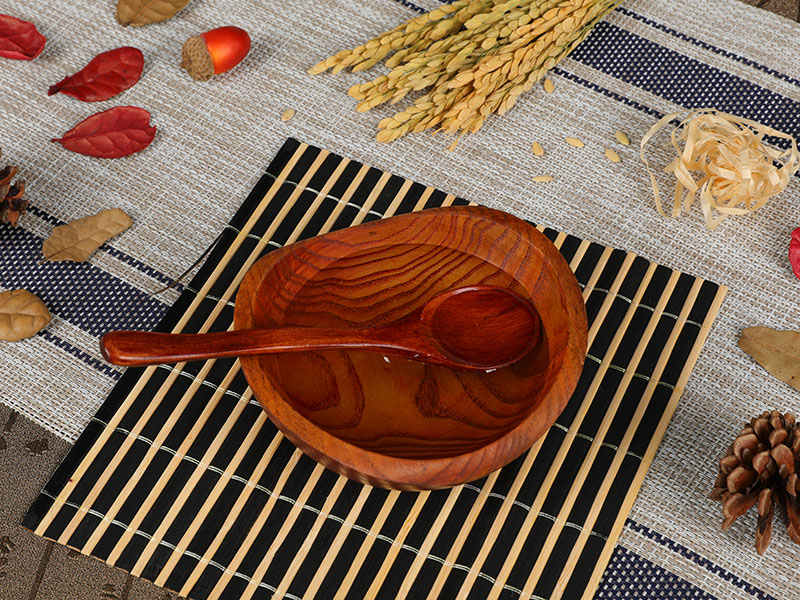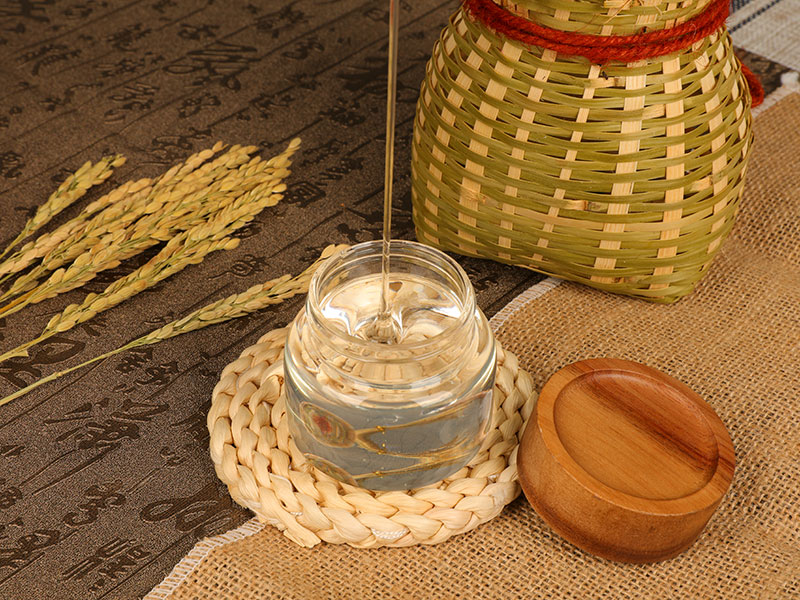In rice protein, the alkali-soluble gluten with high lysine content accounts for 80%. The lysine content is higher than that of other grains. The amino acid composition is reasonable, which is relatively close to the optimal formula of protein and amino acid recognized by the World Health Organization.
The biological value (BV value) of rice protein is 77, the protein utility ratio (PER value) is 2.2 (1.5 for wheat and 1.1 for corn), and the digestibility of protein is more than 90%, which is higher than that of other grains, so the nutritional value of rice protein is high.
Rice is rich in nutrition and is one of the main food for our people. Take japonica rice as an example. In each hundred grams of japonica rice, it contains 6.7 grams of protein, 0.9 grams of fat, 77.6 grams of carbohydrate, 0.3 grams of crude fiber, 7 mg of calcium, 136 mg of phosphorus, 2.3 mg of iron, 0.16 mg of vitamin B, 0.05 mg of vitamin B2, 1 mg of niacin, 125 mg of methionine and other nutrients.
Rice is the main source of B vitamins and an important dietetic resource for preventing beriberi and eliminating oral inflammation.
1. Oryzanol, a unique ingredient in rice, is called "beauty factor". It is a plant melanin inhibitor with mild nature and no side effects. It can reduce the activity of melanocytes, inhibit the formation, operation and diffusion of melanin, and alleviate pigmentation.
2. Rice bran sterol has high permeability to the skin, can maintain the softness and moisture of cells, and effectively maintain the moisture on the skin surface, because it contains sufficient moisture.
3. Starch, rice contains about 70% starch, cellulose, hemicellulose and soluble sugar. Indica and japonica rice contain more amylopectin, which is soluble in water and can be completely hydrolyzed by amylase and converted into maltose.
4. Protein, the biological value of protein in rice is equivalent to that of soybean, lysine and threonine are rich in rice, and the ratio of various amino acids is close to the needs of human body.
5. Vitamins and inorganic salts. Rice also contains rich vitamin B1 and inorganic salts, such as calcium, phosphorus and iron. Japonica rice has higher phosphorus content and lower calcium content than glutinous rice.
6. Food fiber, which contains water-soluble food fiber, can expel bile in the intestine and prevent cardiovascular diseases such as arteriosclerosis.


 English
English 中文简体
中文简体
